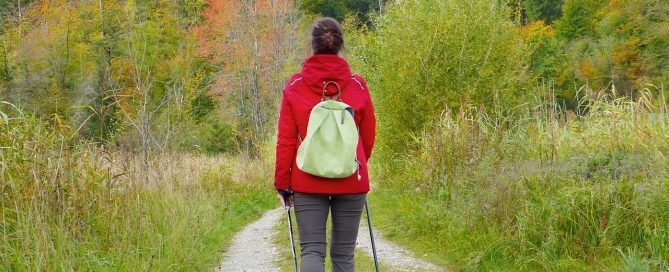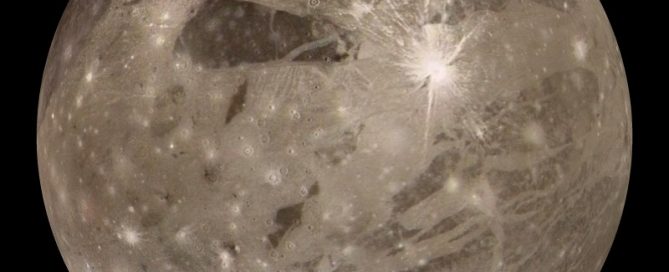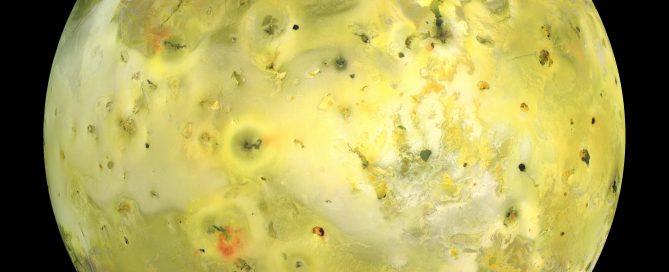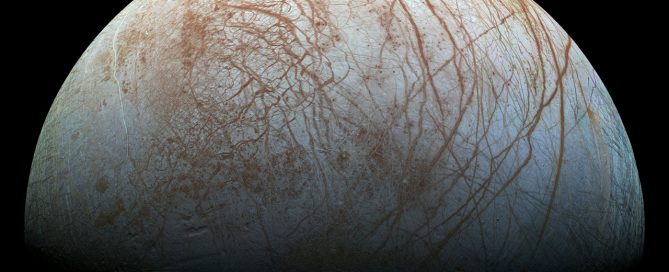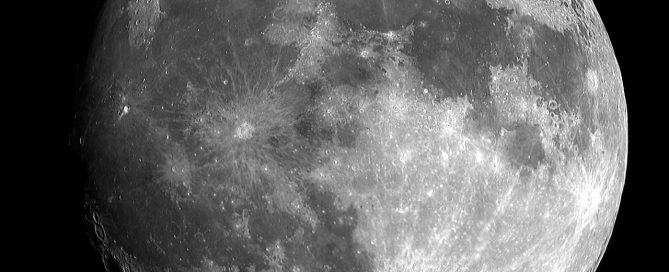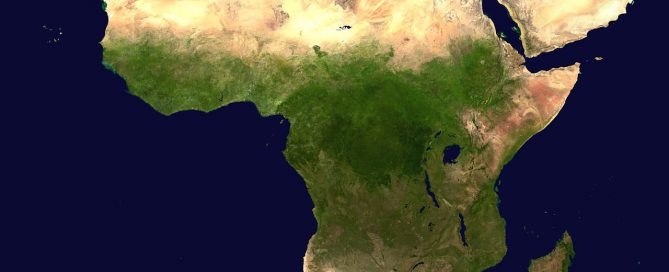10 of the Amazing Benefits of Palo Santo
Palo Santo is known for being an incredibly fragrant wood that’s linked to good fortune. It’s burned as incense, and has notes of pine, lemon, and mint. Palo Santo is related to Frankincense, and its name in Spanish means “holy wood”. Palo Santo has a range of uses and benefits in both ancient and modern cultures. It’s become increasingly popular as more people turn to holistic therapies for both mental and spiritual help. Here are 10 of the amazing [...]


